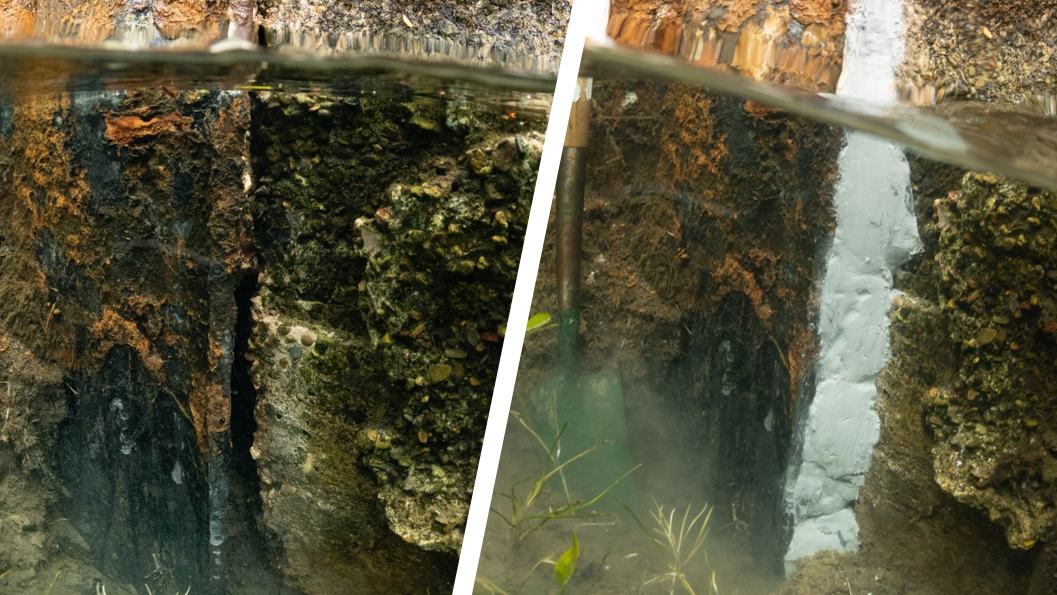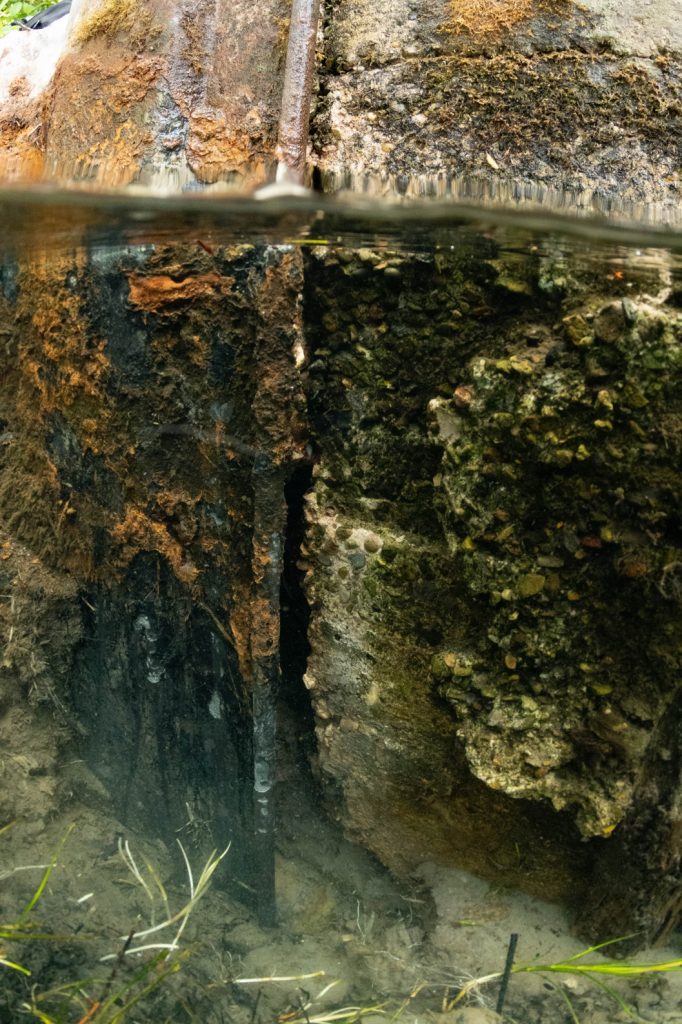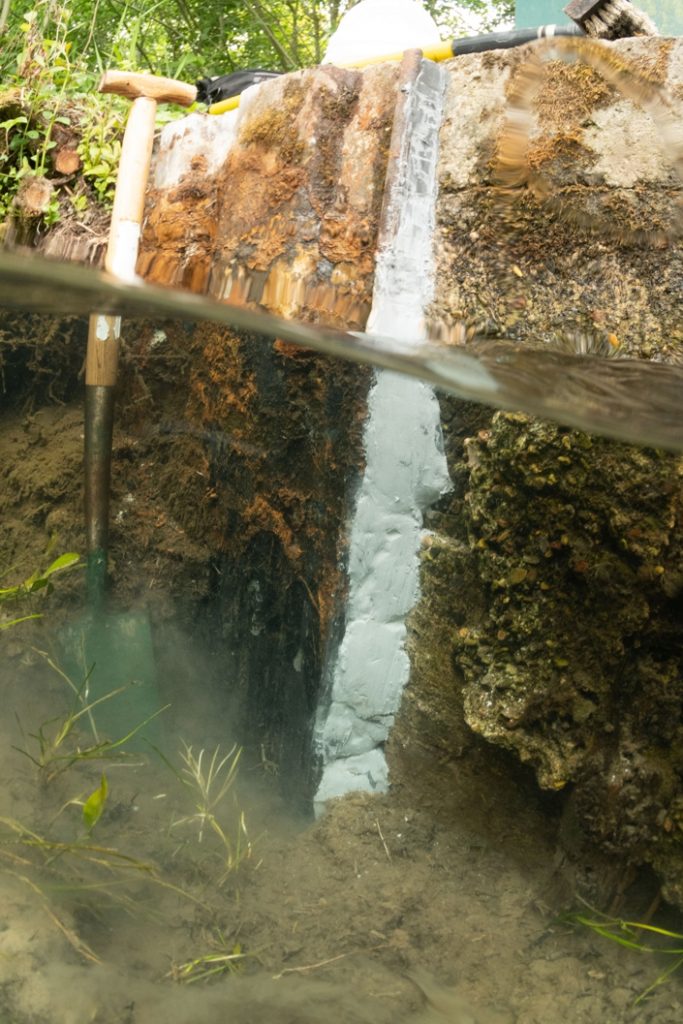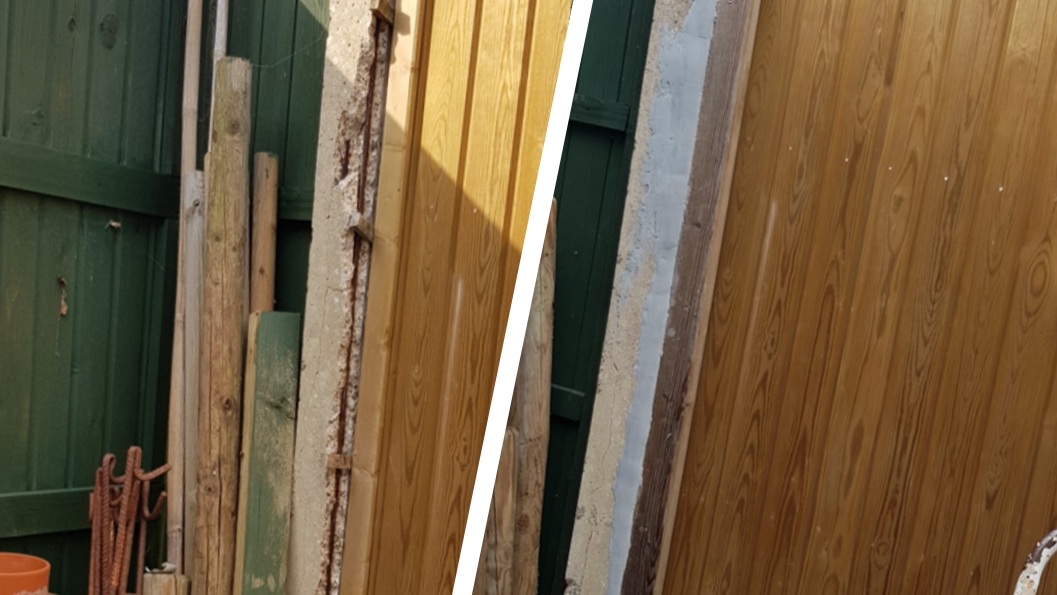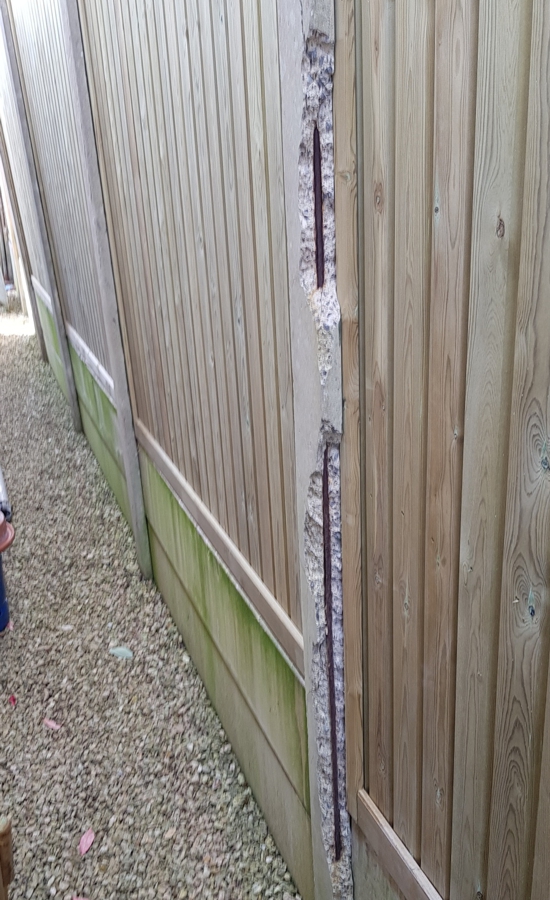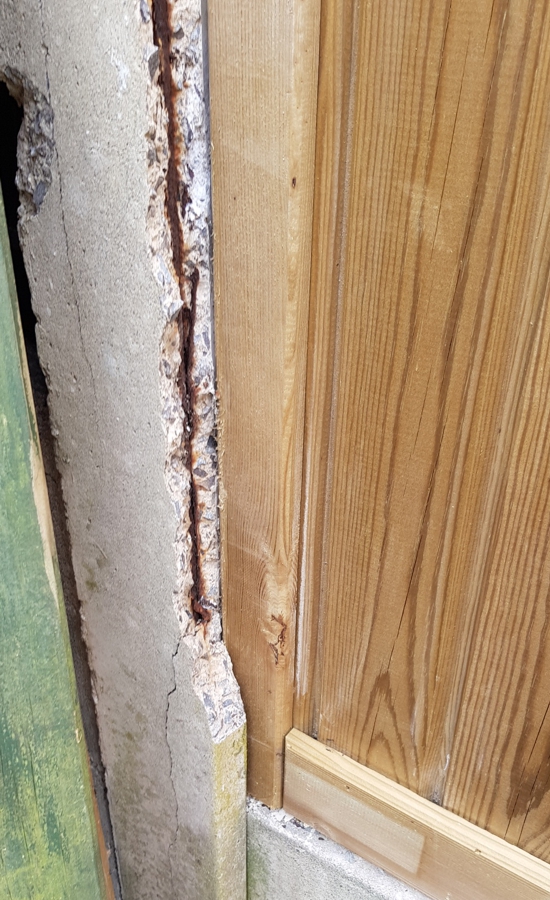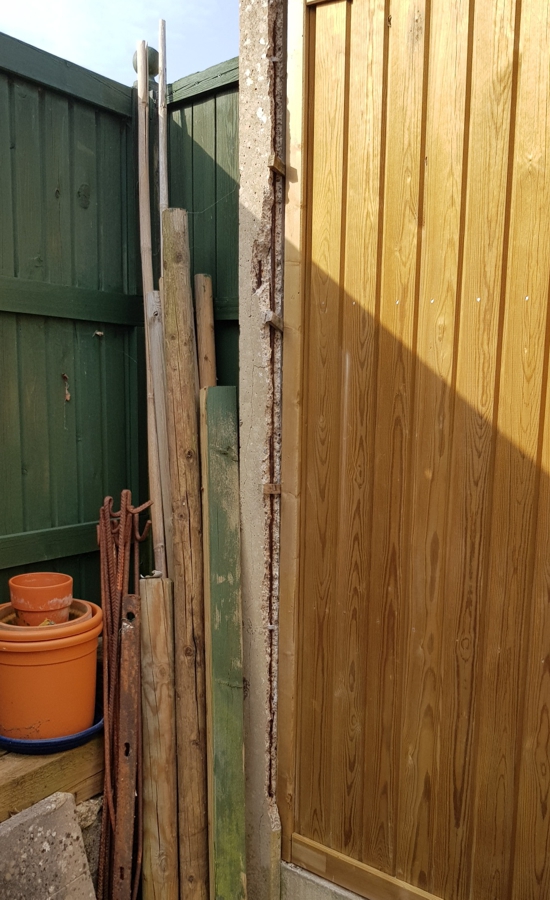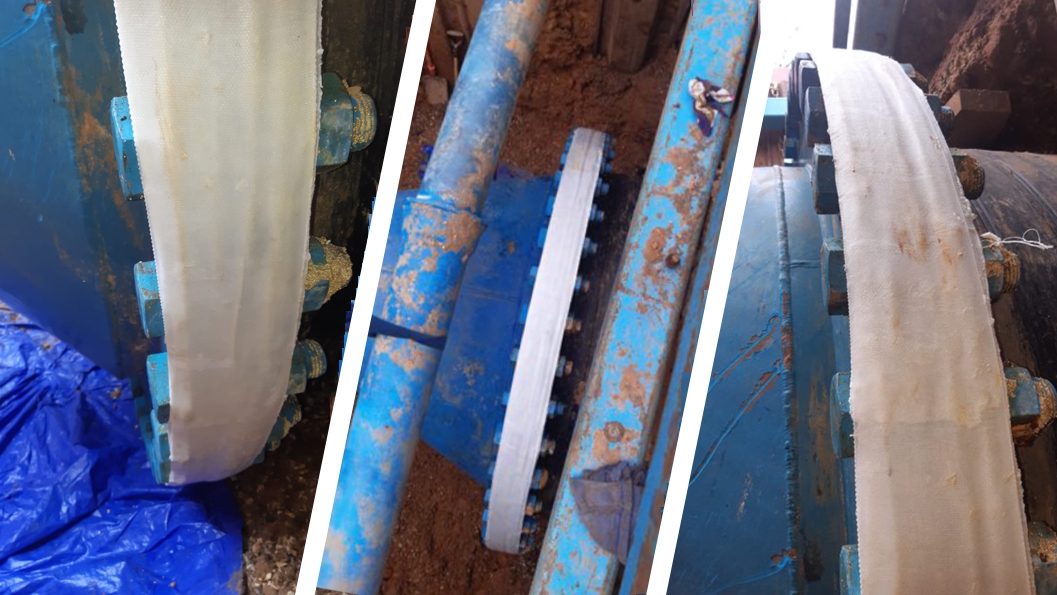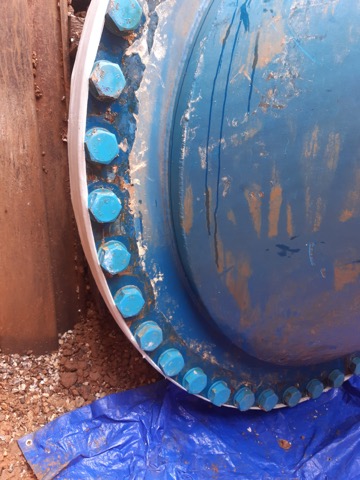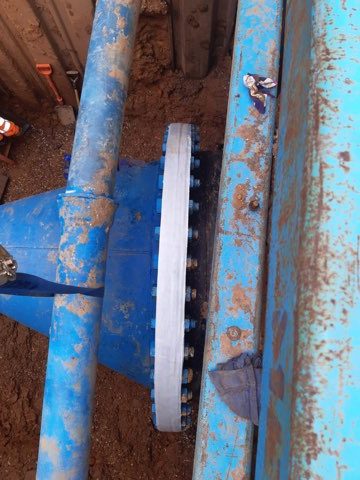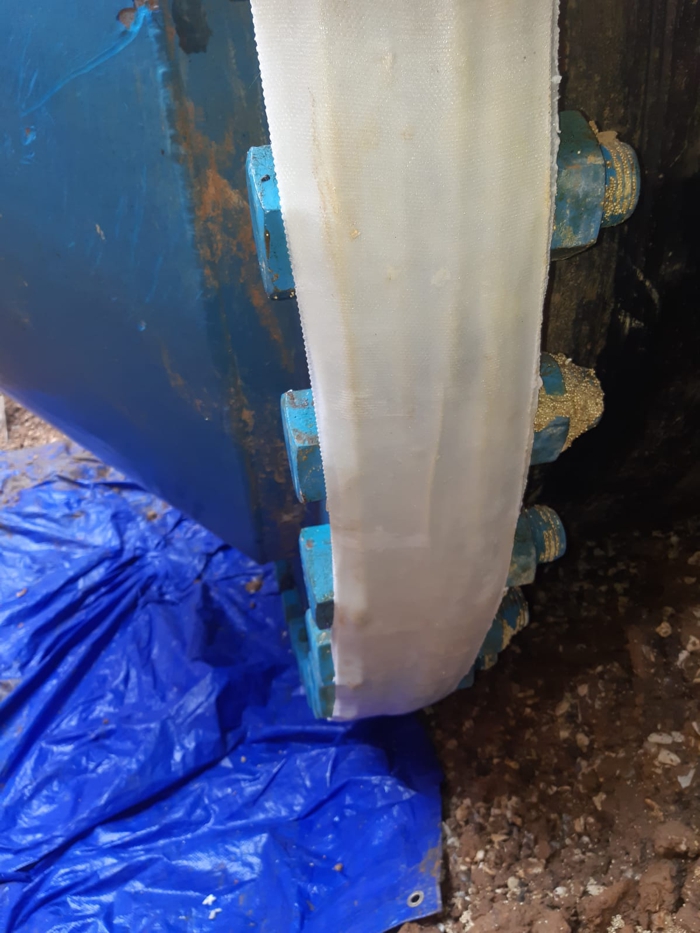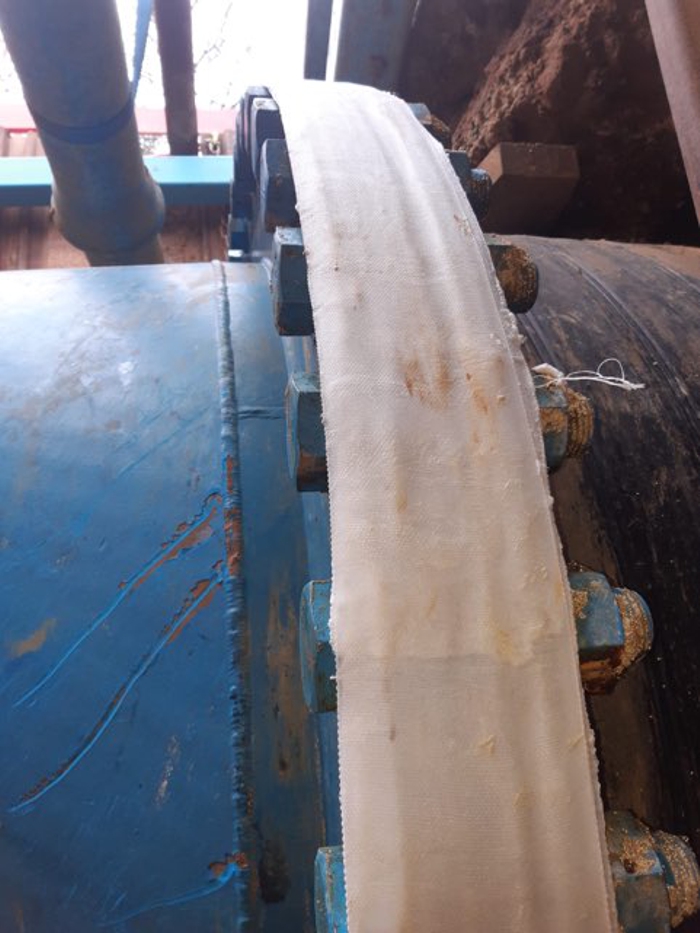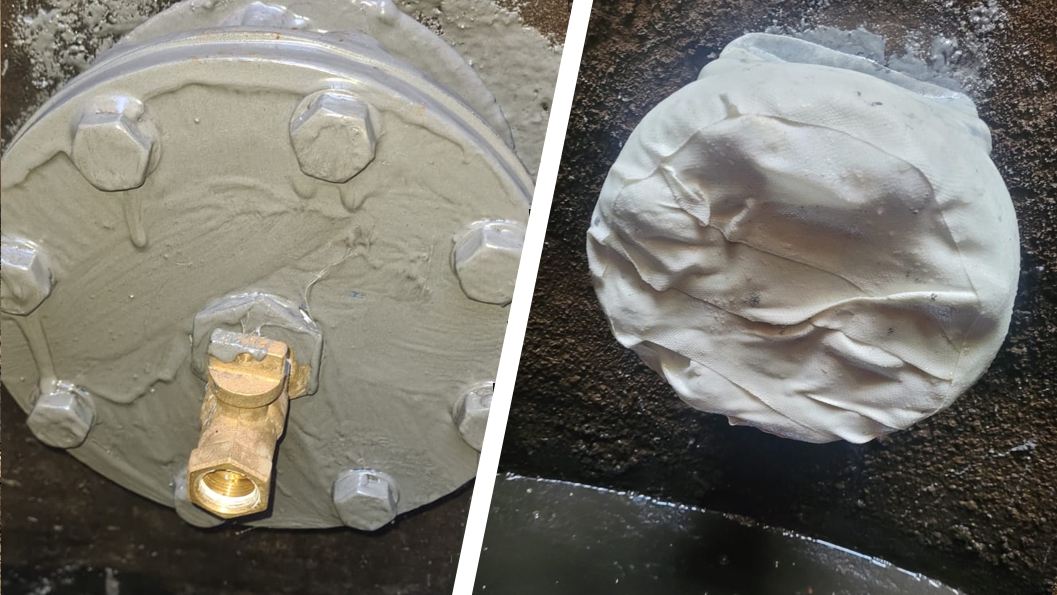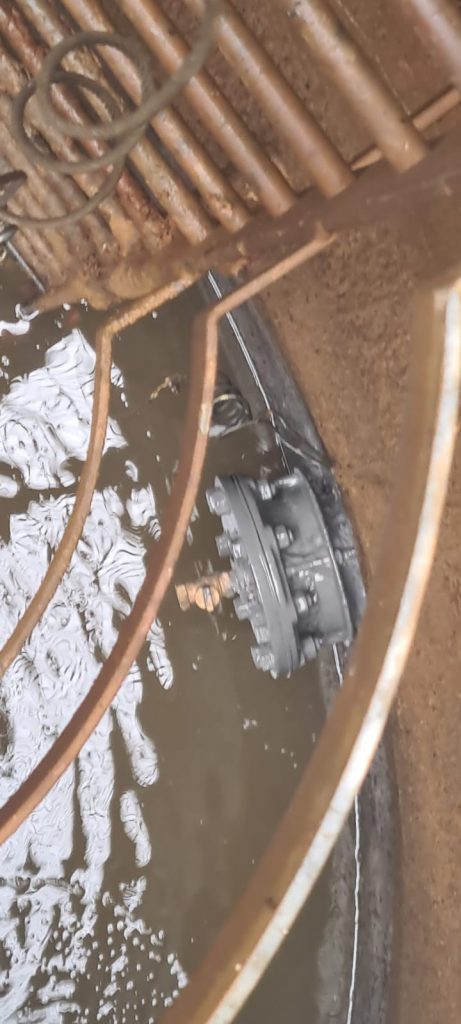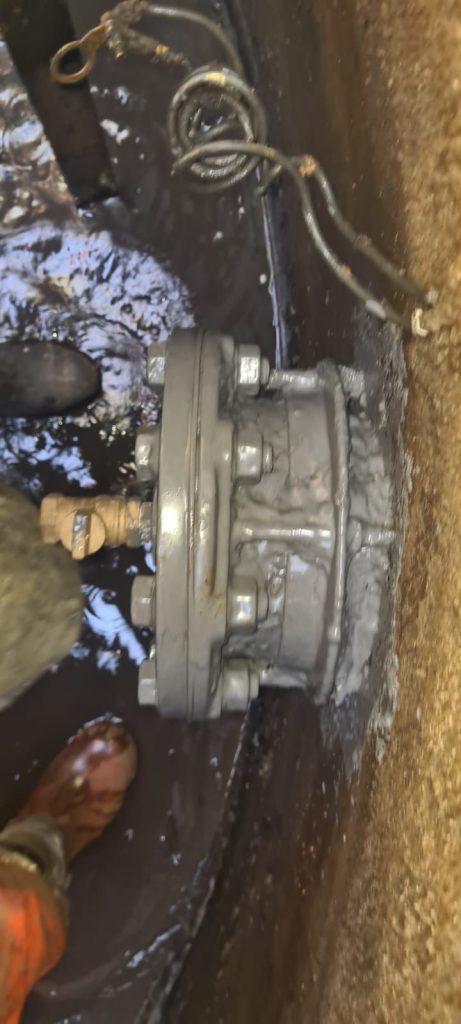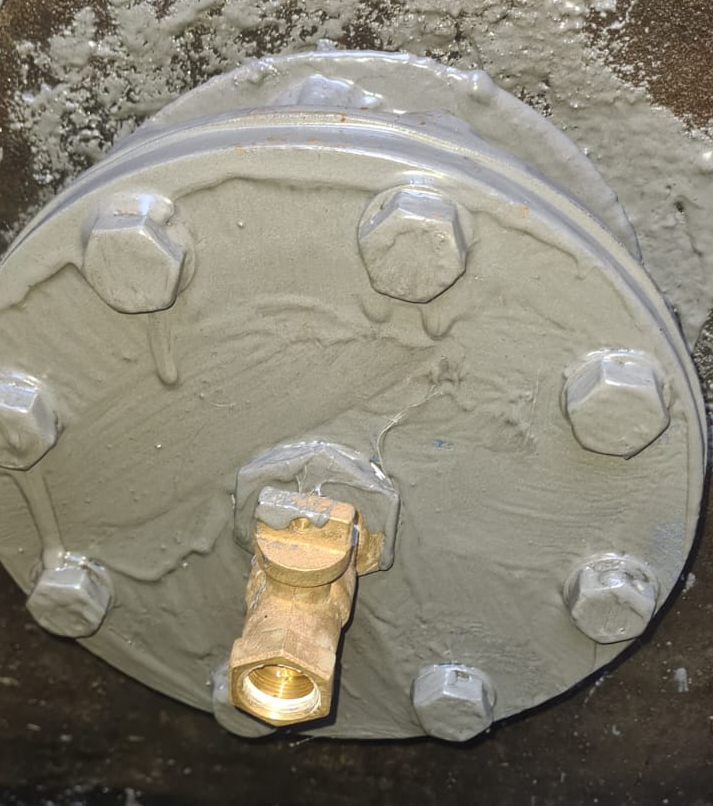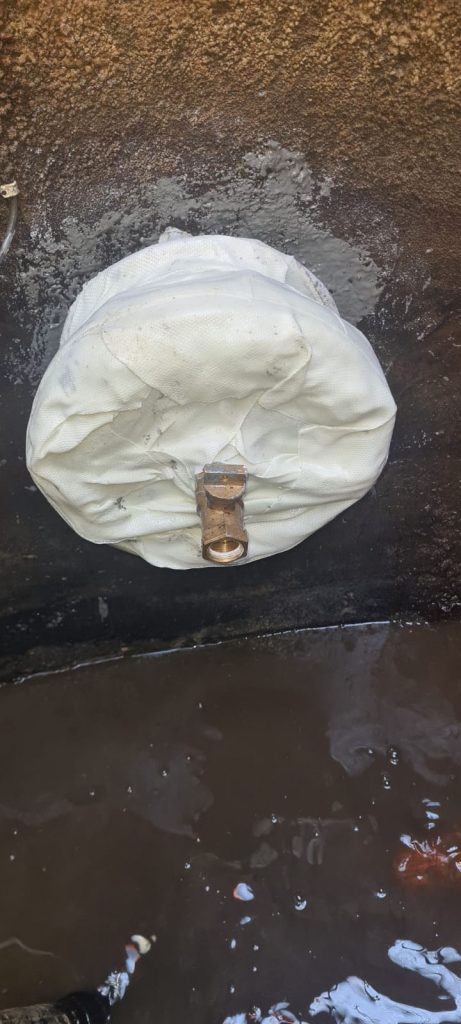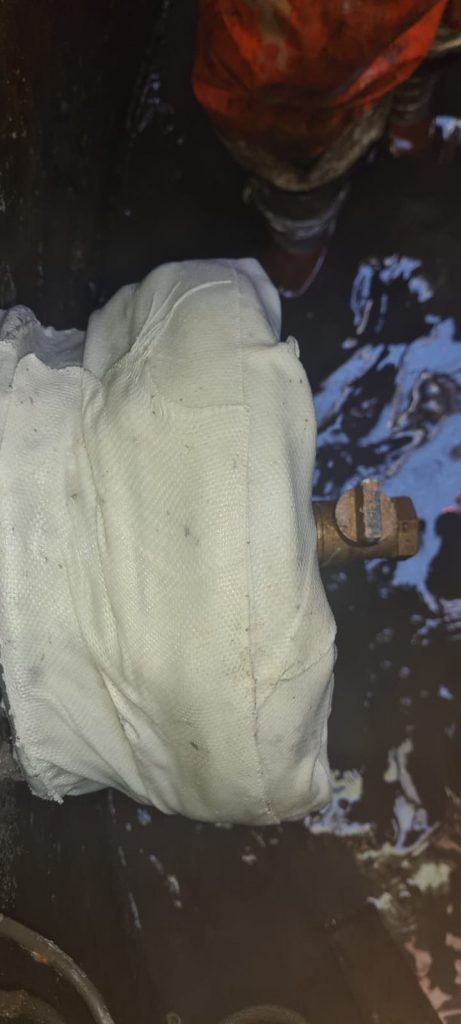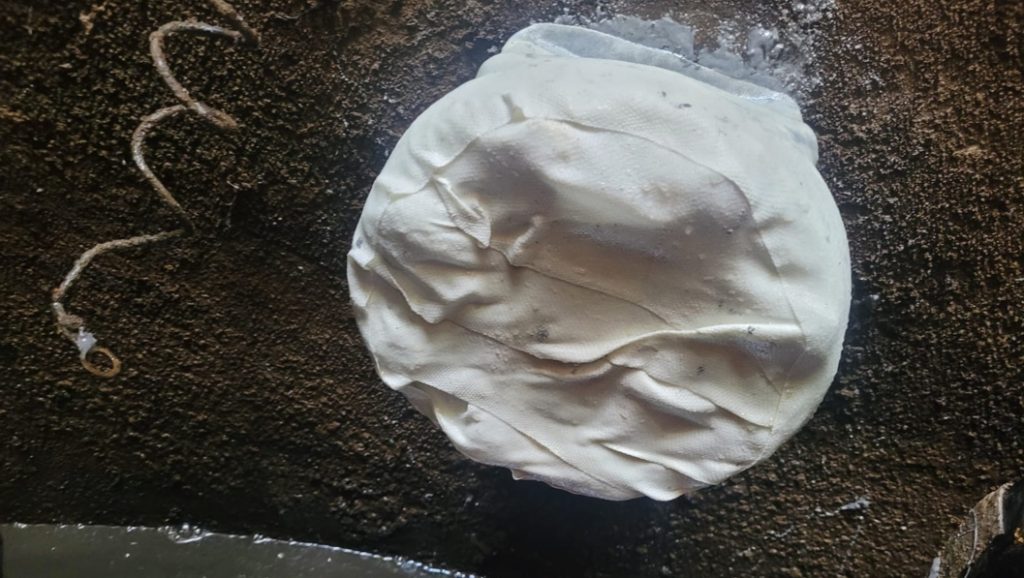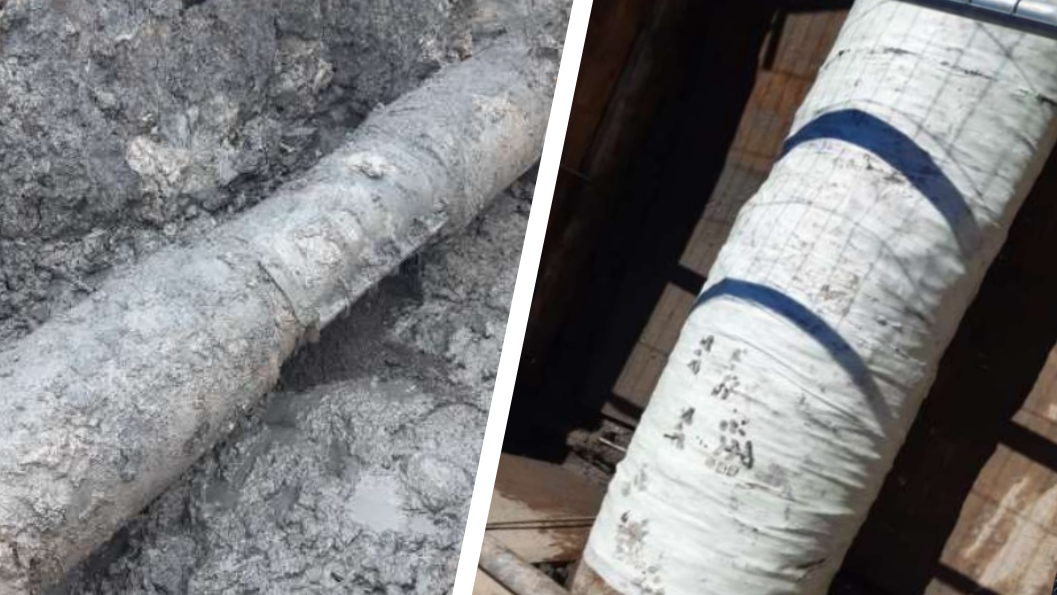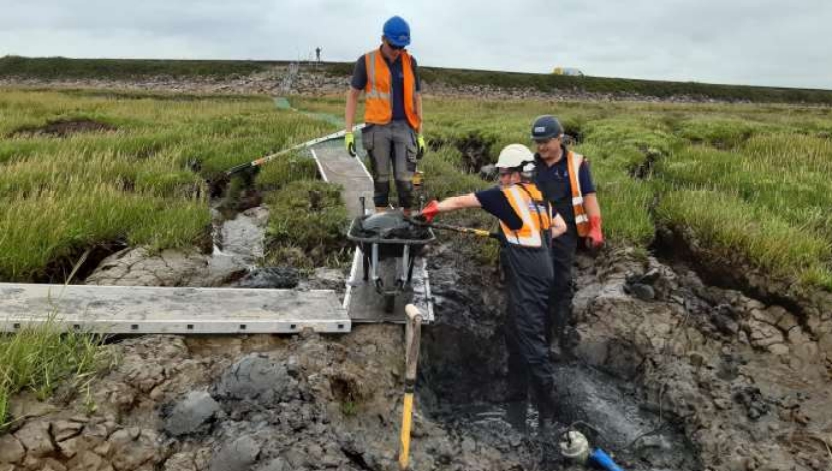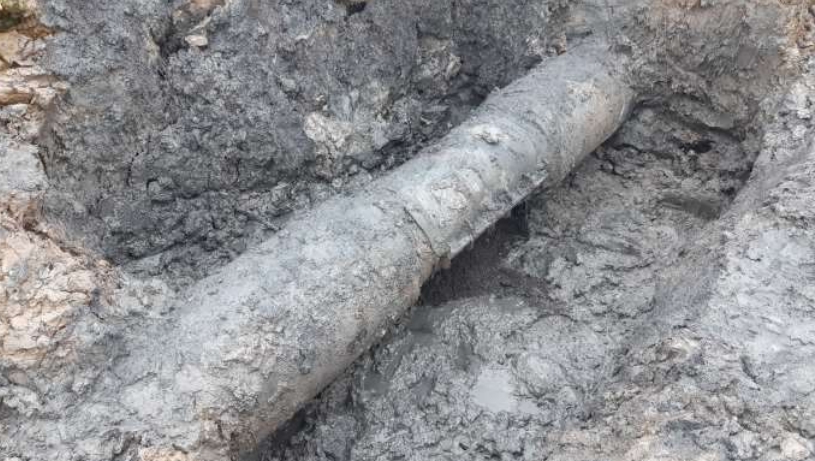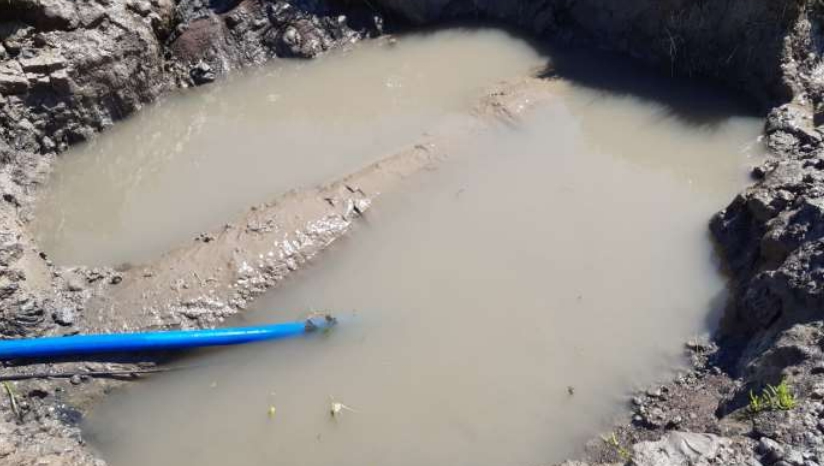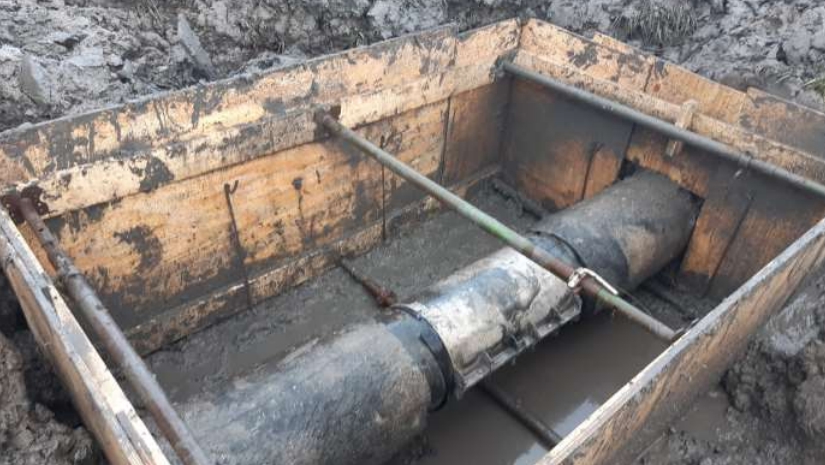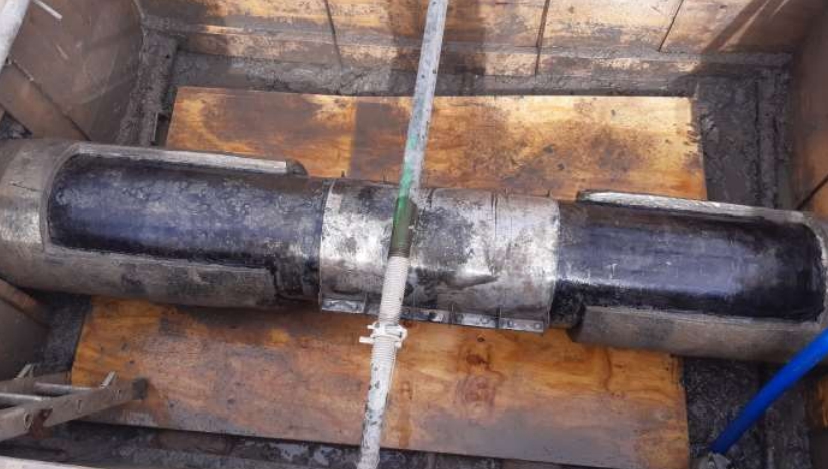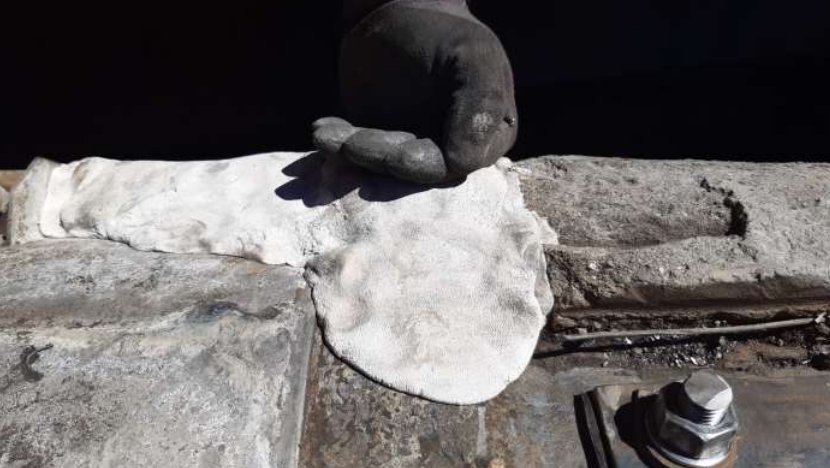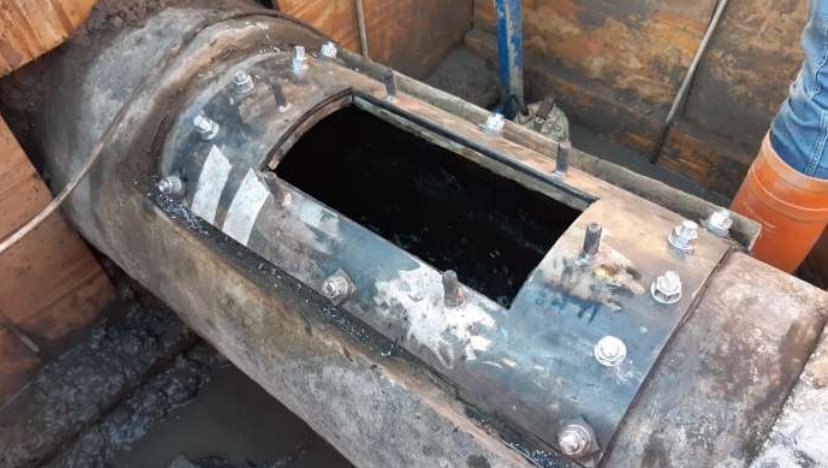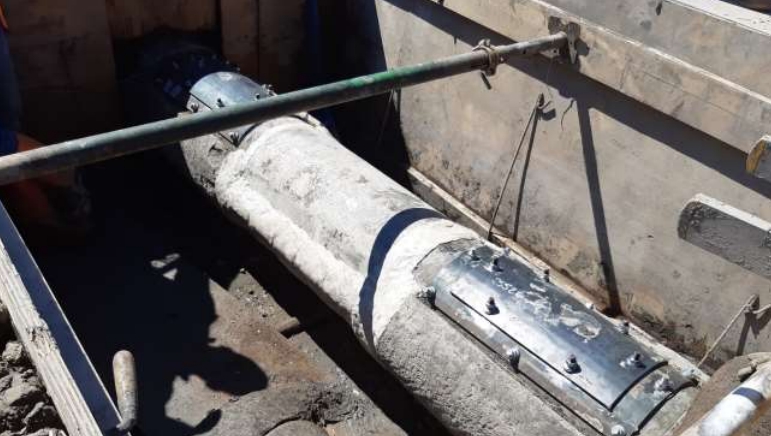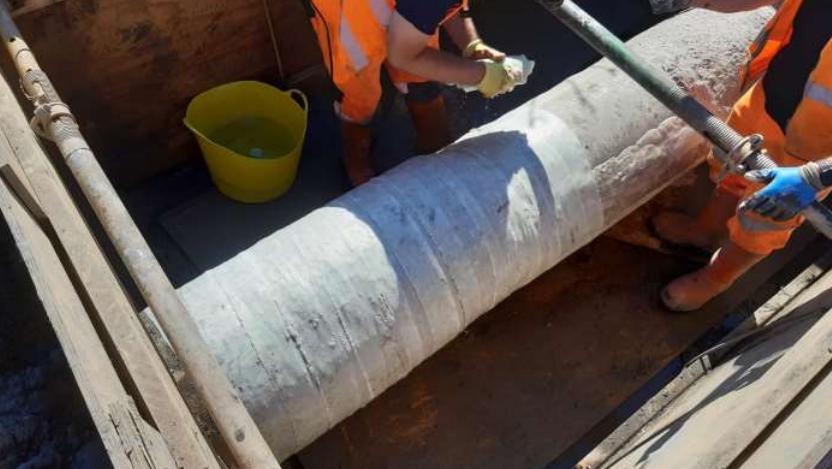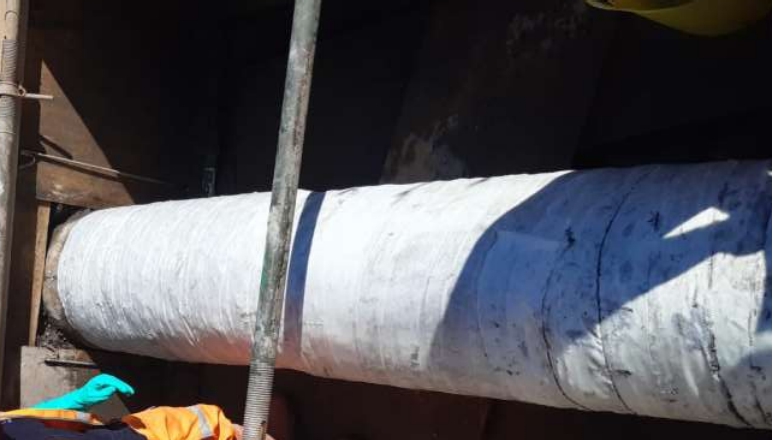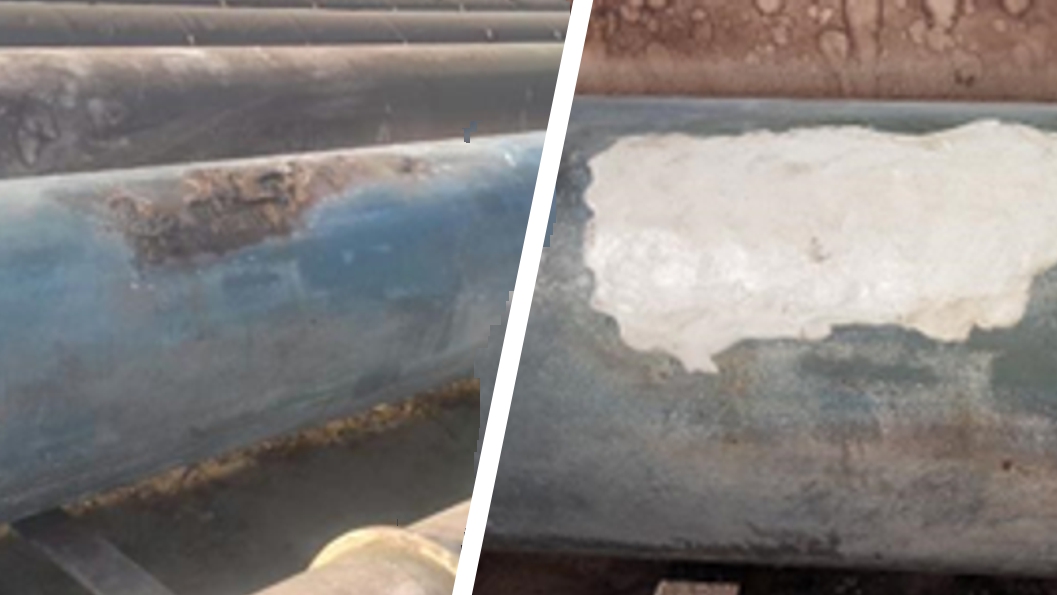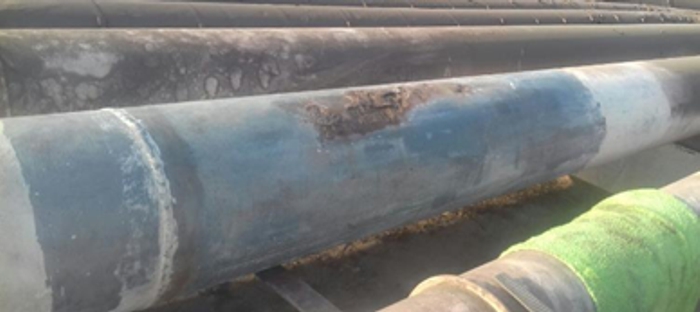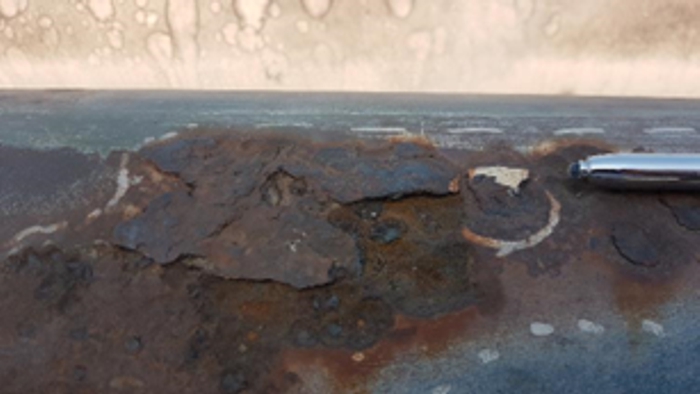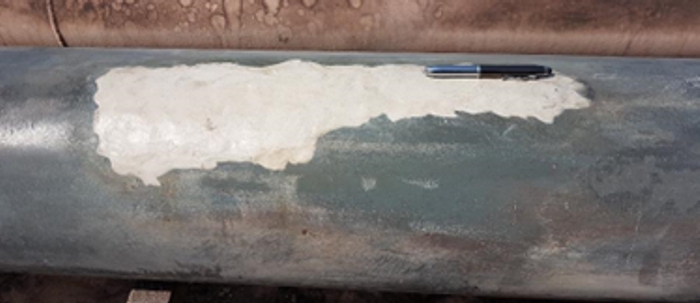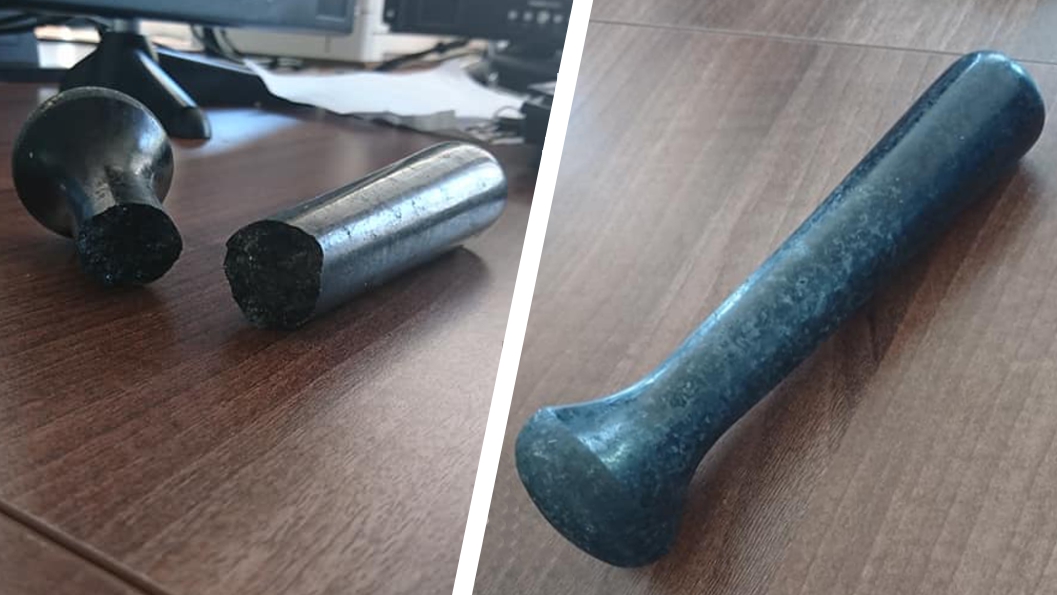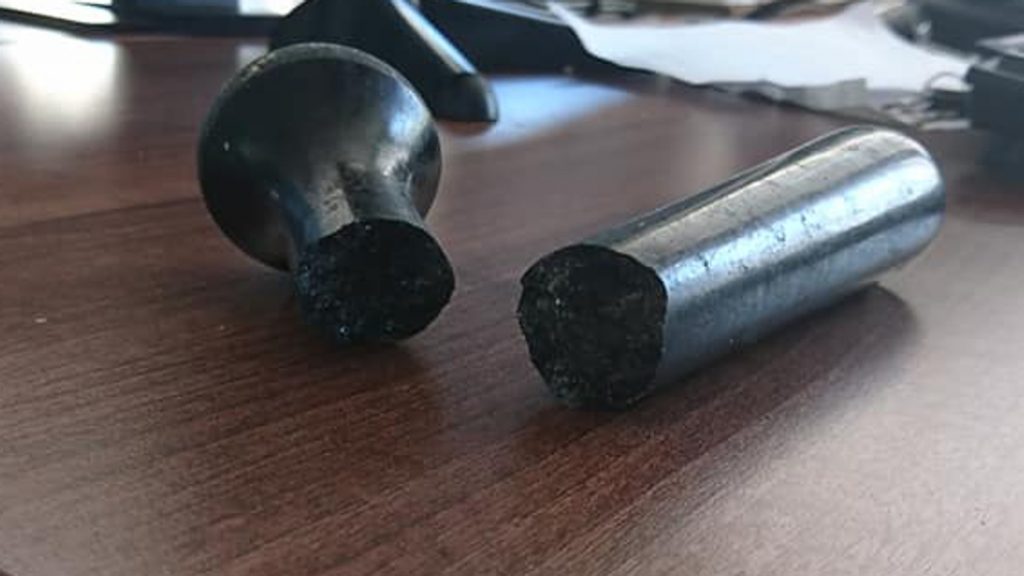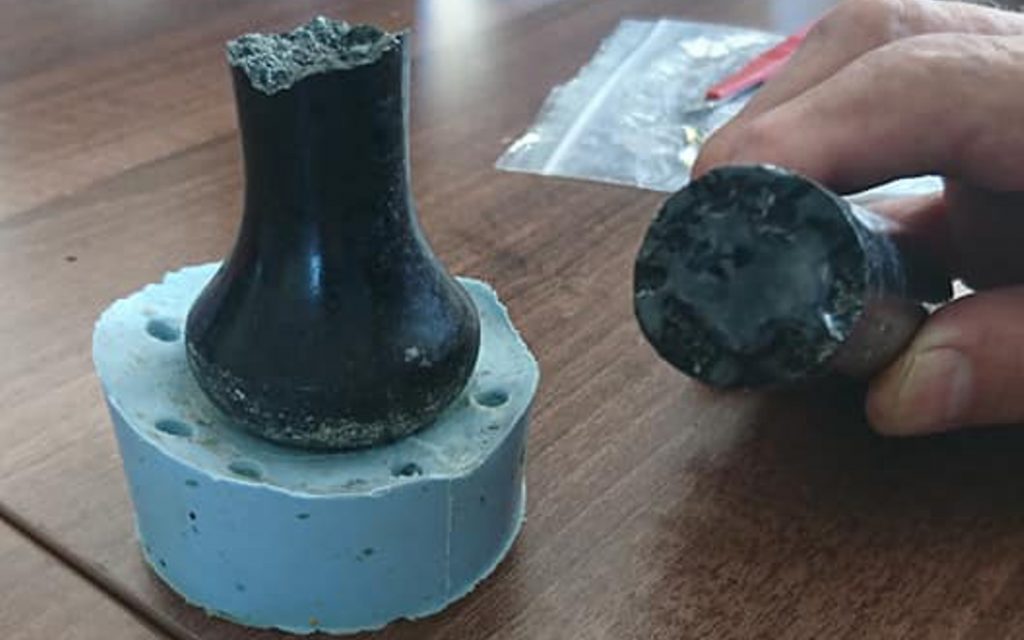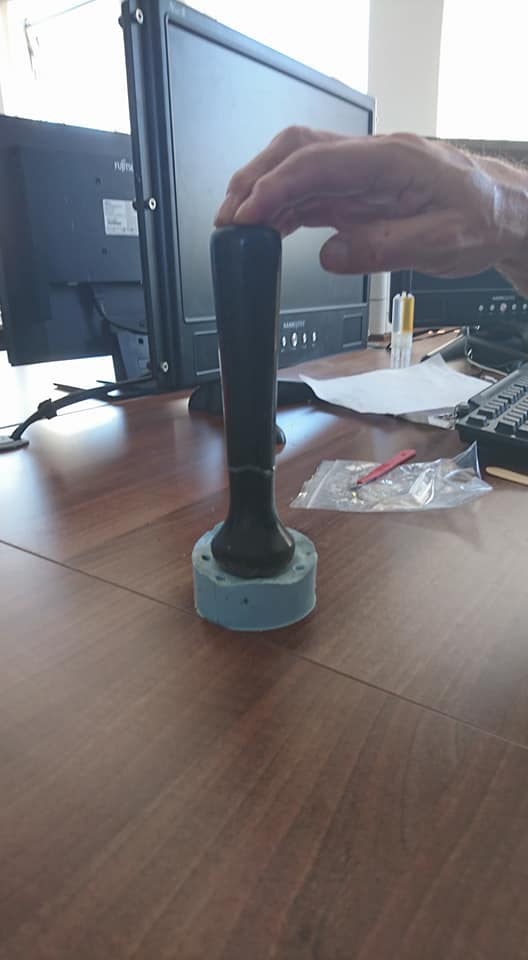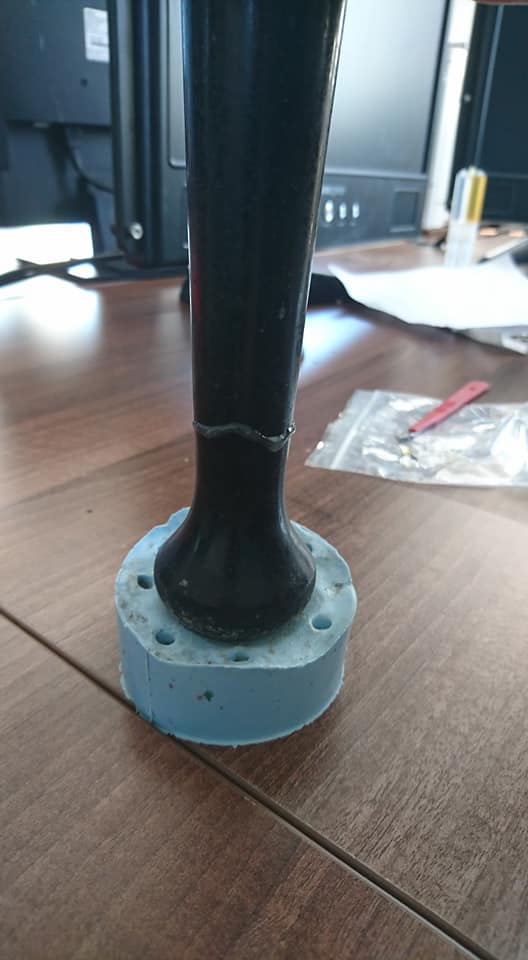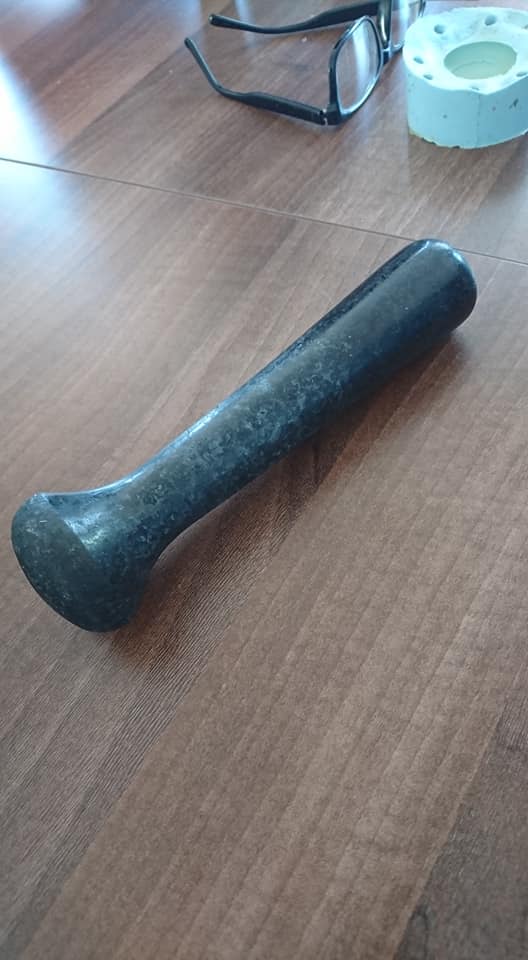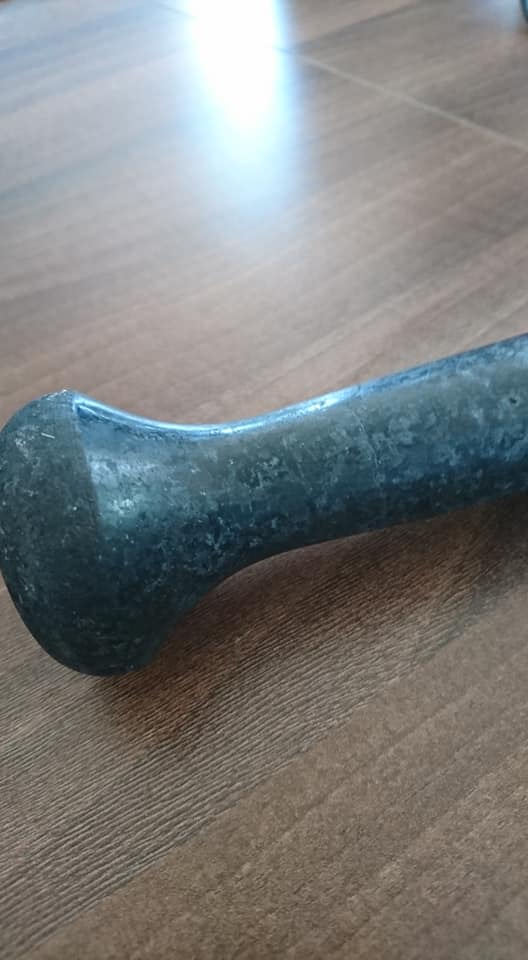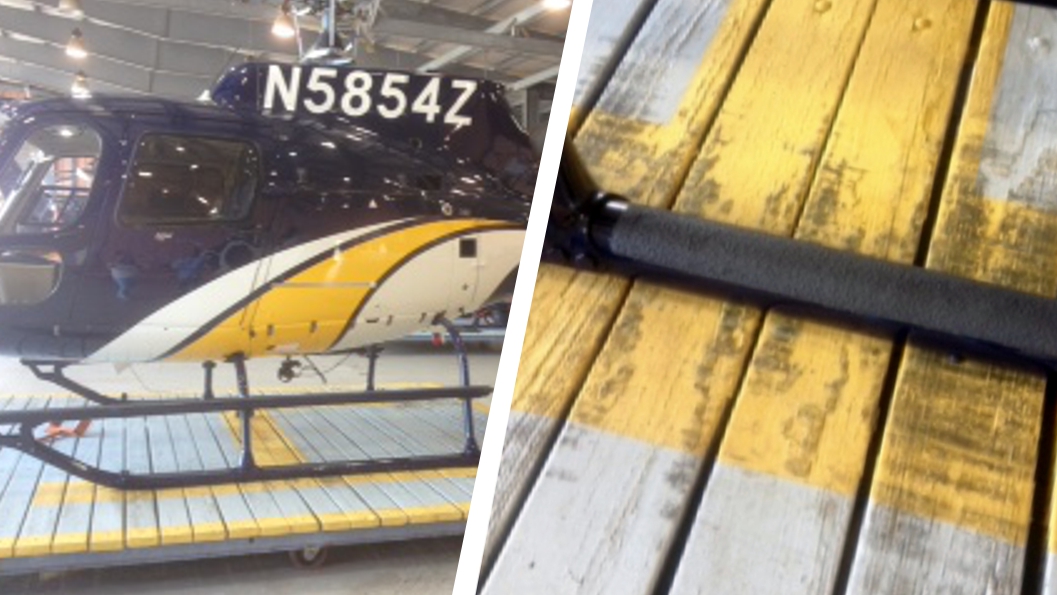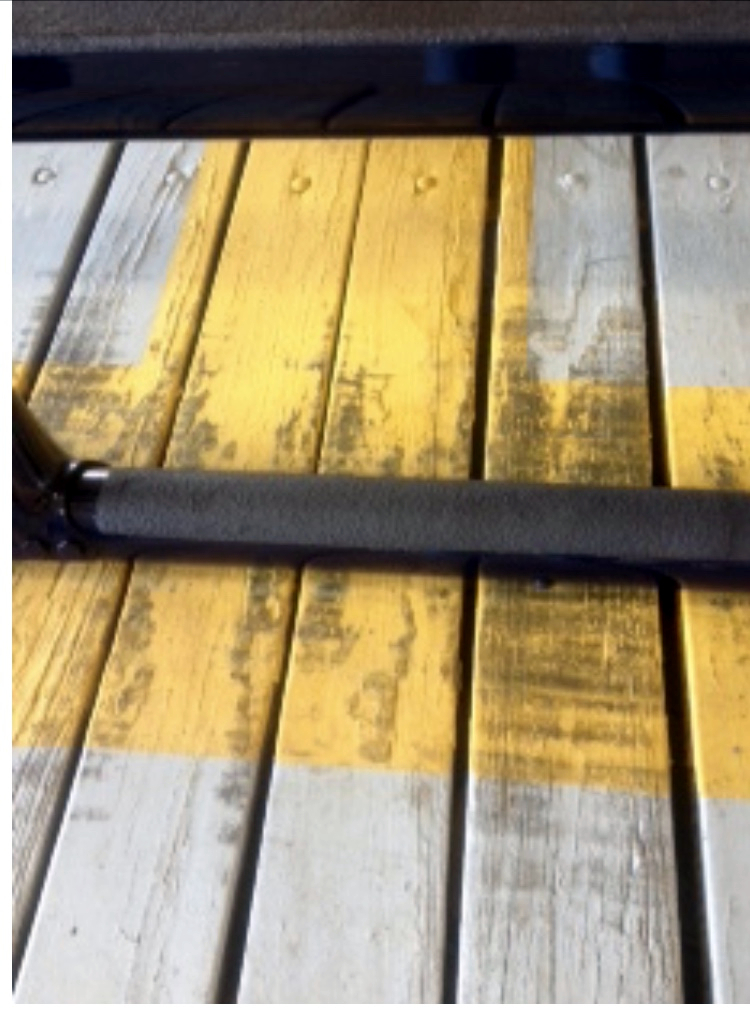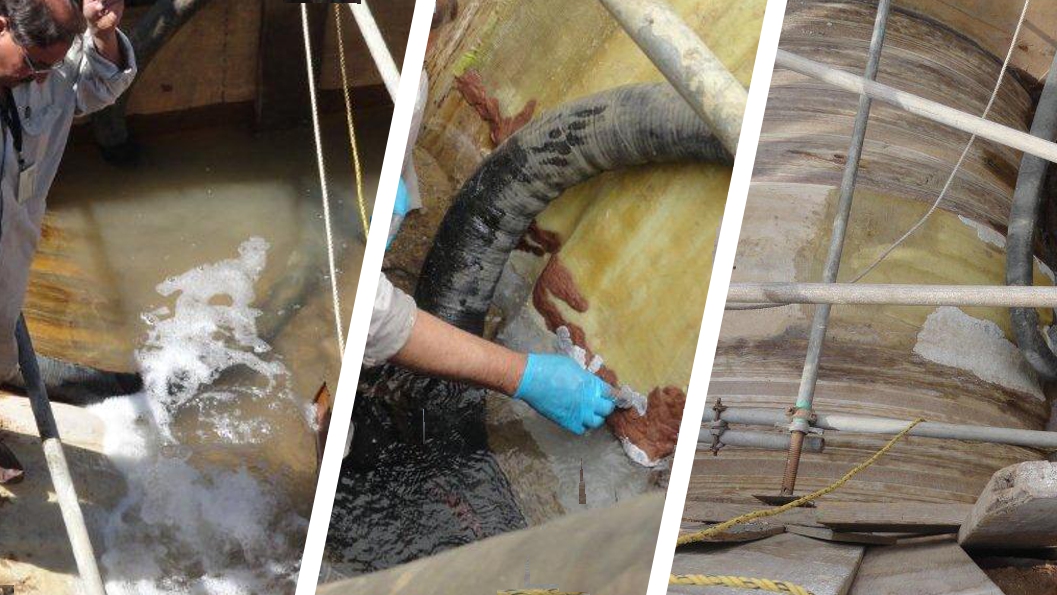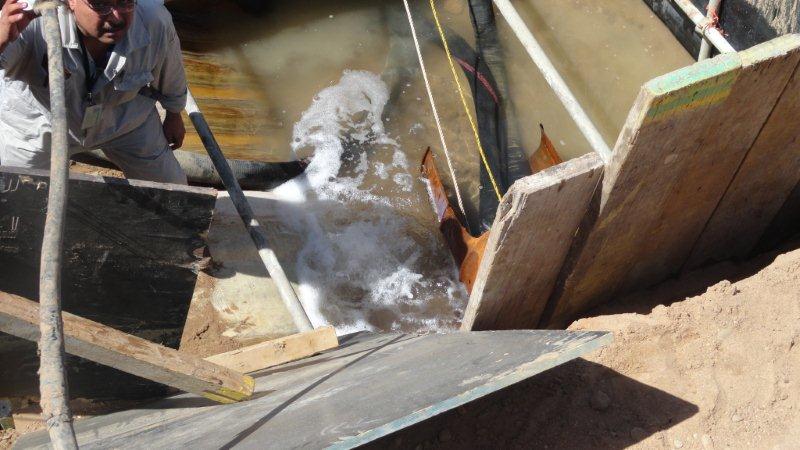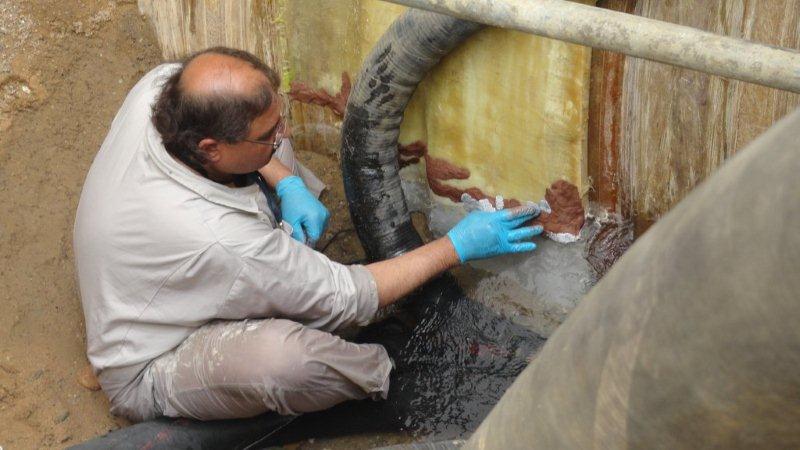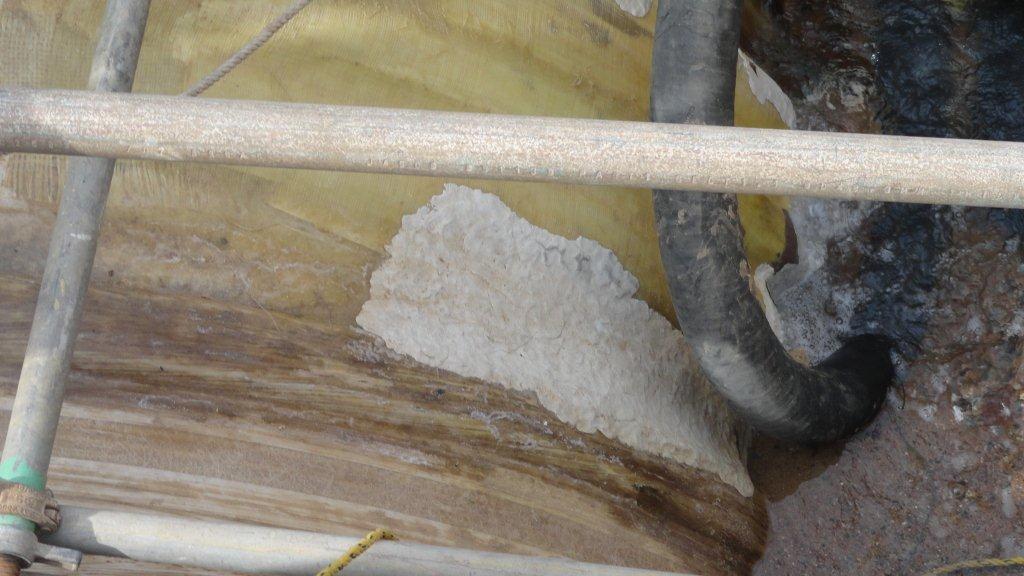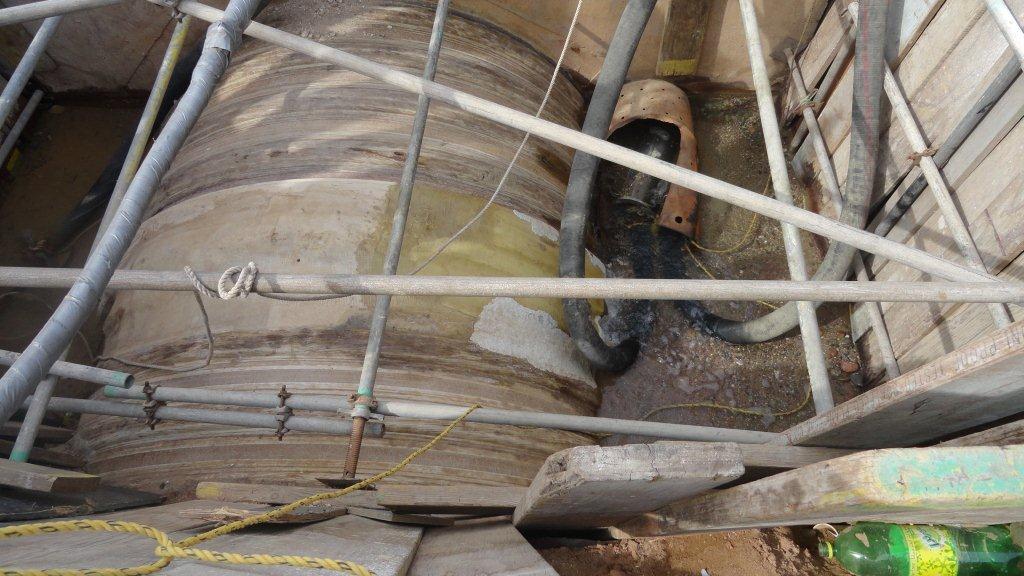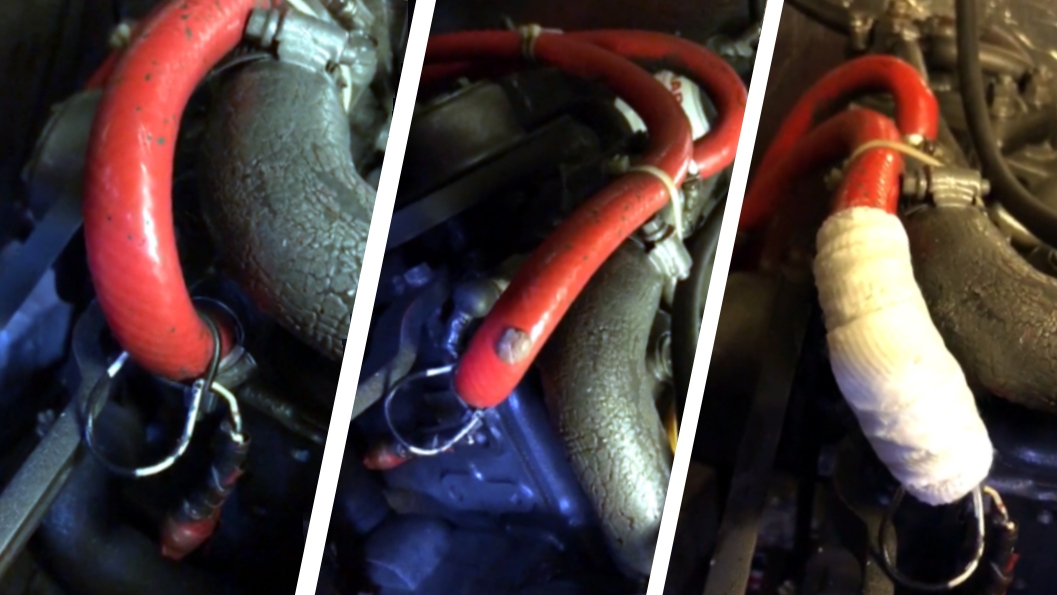
Plain sailing – a rubber hose connected to a boat engine undergoes repair after developing a pinhole leak
A boat owner keeps their vessel afloat by making a repair to a pinhole leak on a difficult to access section of hardened rubber hose which played an important role in the cooling of the engine.
Case Study Data
Site
Boat
Location
United Kingdom
Repair Type
No pressure pipe repair
Defect
Pinhole leak in rubber hose connected to boat engine
Products Used
Superfast Steel Epoxy Putty Stick
Fast working steel epoxy putty used to seal the pinhole leak in the hose
SylWrap HD Pipe Repair Bandage
Composite wrap applied over the sealed pinhole leak for reinforcing the repair
SylWrap Standard Pipe Repair Kit
Superfast Epoxy and SylWrap HD are supplied together in the Standard Pipe Repair Kit
Case Study PDF
Case Study Details
The hose was connected to the engine, carrying water as part of the cooling process. Once the pinhole leak had developed, water was able to spray out at high pressure whenever the engine was in service. This was dangerous and unsustainable.
Repairing the leak was made challenging by the pinhole being located on a bend in the rubber hose. The hose itself was in a confined space below deck, surrounded by other pipes and engine components. A pipe repair clamp could not be fitted because of the constraints.
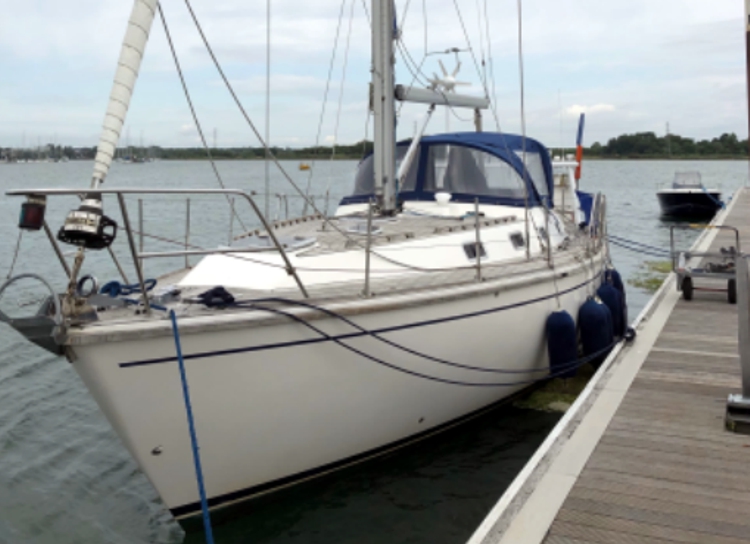
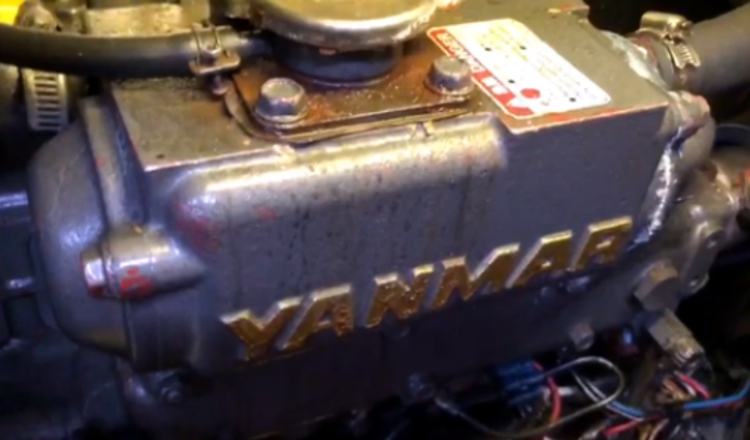
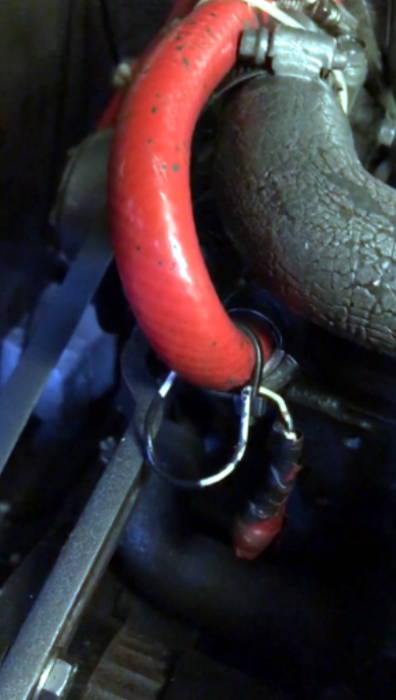
The boat owner contacted Sylmasta seeking a versatile repair method capable of sealing the leak despite the difficulties in accessing the hose. A SylWrap Standard Pipe Repair Kit containing all the products needed to repair a pipe when pressure can be turned off was recommended for the application.
First, the pinhole was sealed using Superfast Steel Epoxy Putty. The putty was kneaded by hand and whilst soft, applied over the pinhole leak. It easily adhered to the rubber. After 5 minutes when the putty had started to harden, it was overwrapped using a SylWrap HD Pipe Repair Bandage.
SylWrap HD is a composite wrap with a water-activated resin, which sets rock hard in five minutes. As the Bandage was wrapped and smoothed around the hose, it forced the Superfast Steel as it cured further into the pinhole, completely sealing the leak. Once SylWrap HD had set, it formed an impact resistant sleeve to increase the repair’s effectiveness.
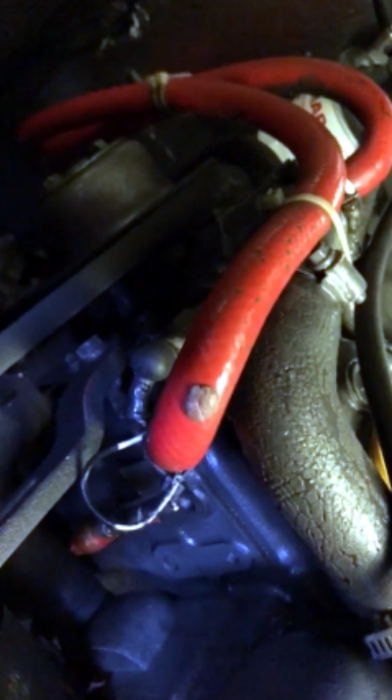
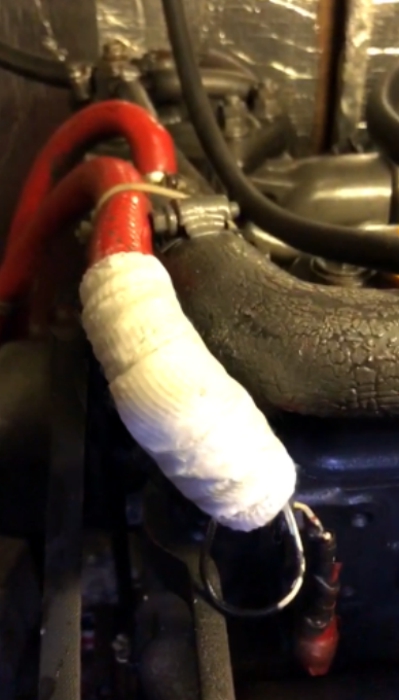
When used together, Superfast Steel and SylWrap HD create a repair with pressure resistance up to 30 bar and temperature resistance to 200ºC. When the boat engine was started, no water was escaping from the hose. The vessel could return to the sea.
Completing the boat pipe repair took under 30 minutes and cost less than £25, including delivering of the SylWrap Kit. This represented a significant cost saving compared to quotes offered by specialist marine engineering contractors to fix or replace the hose.
If you have an application you would like to enquire about, then please get in touch
Call: +44 (0)1444 831 459
Email: sales@sylmasta.com

